UMA WANG - Emotion at the Heart of Everything
When Uma Wang and Michael Hadida engage in an off-the-cuff conversation, it's to explore the depths of it, and move from bubbly fashion to pure emotion. Uma Wang talks about...
When Uma Wang and Michael Hadida engage in an off-the-cuff conversation, it's to explore the depths of it, and move from bubbly fashion to pure emotion. Uma Wang talks about...

When Uma Wang and Michael Hadida engage in a conversation, it is to explore the depths of it, and move from bubbling fashion to pure emotion. Uma Wang talks about her work, her roots, her connection to the past and her approach to the future, and lays the groundwork for a revolution out loud.
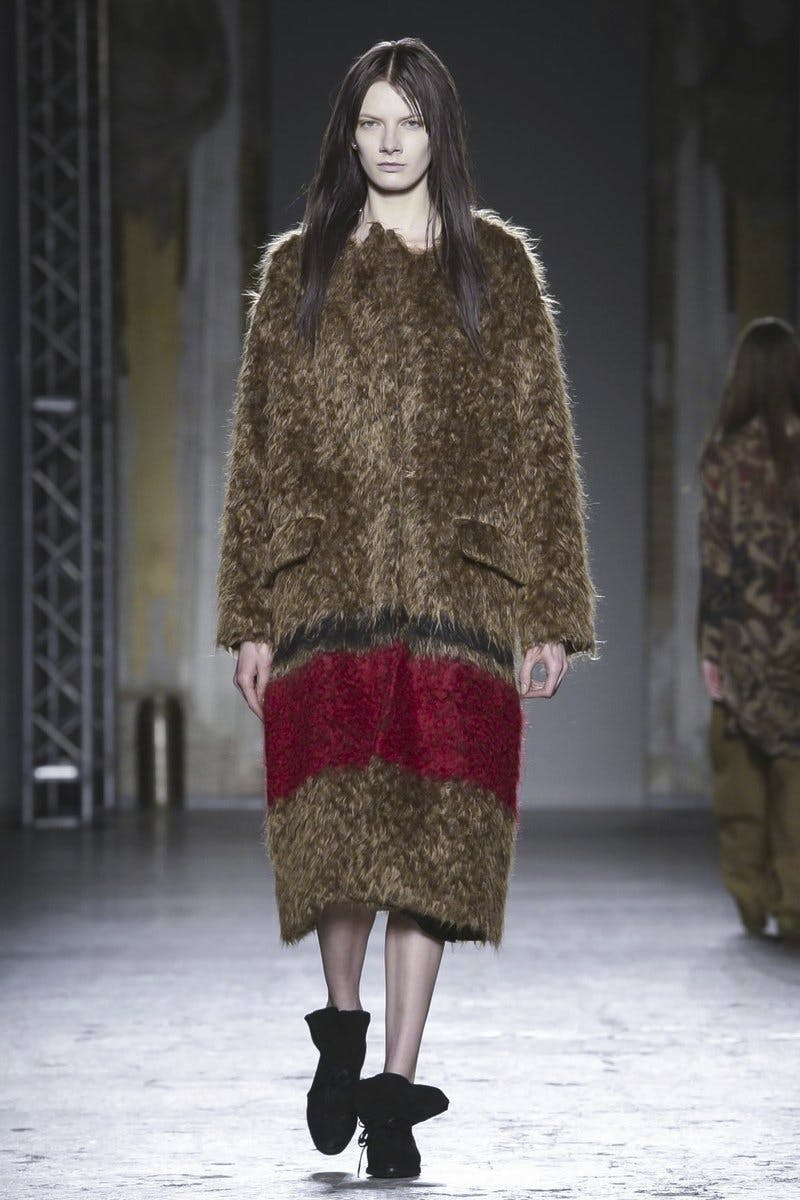
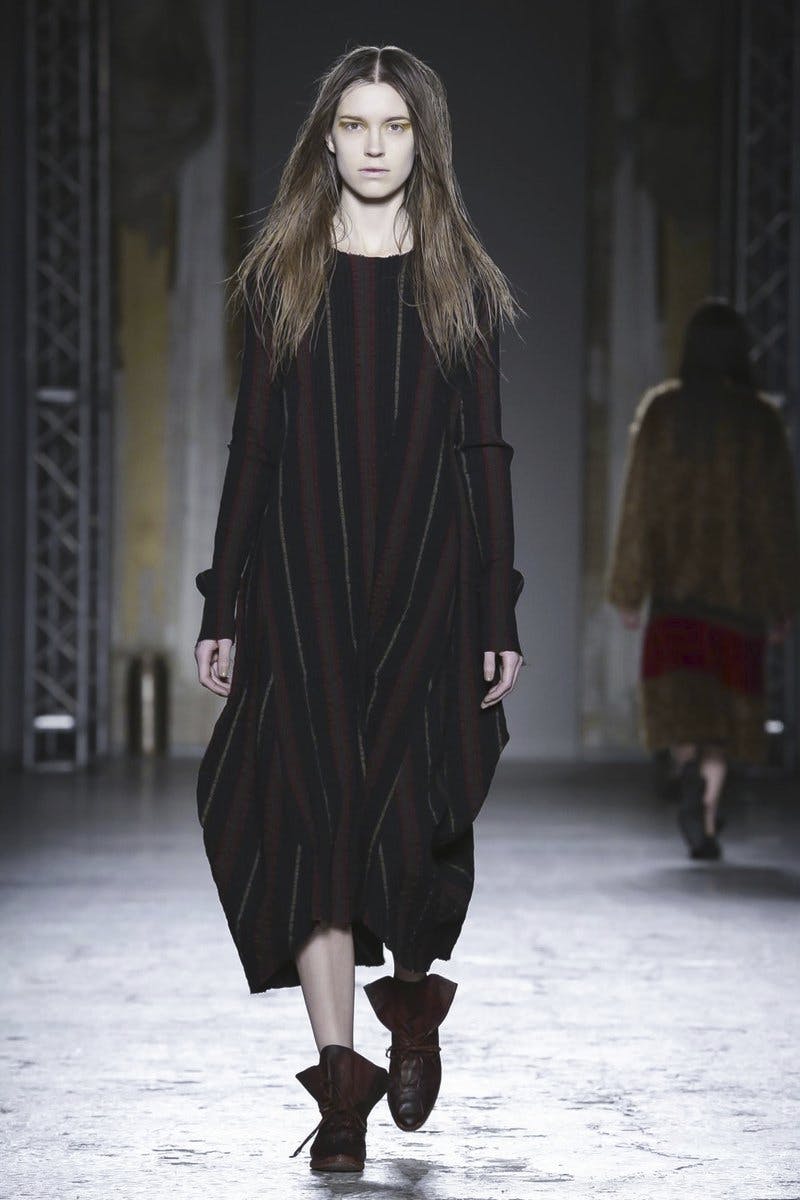
Michael Hadida: What does Shigoto Project mean to you, beyond your relationship with Leclaireur? What place do you give to your jacket in your approach?
Uma Wang: First, there was the pleasure of being selected alongside designers I respect so much, like Ziggy Chen, Greg Lauren, and MA+. I loved being a part of this project, especially since I really like all these brands. I loved that together we could create something special. It's also a great showcase for my work and creations. Today, professionals in our field tend to go faster and faster, instead of really thinking things through. Everything is produced in an industrial way, fashion becomes a kind of machine. However, people need to be in contact with things that touch them, that touch their soul.
I think it's essential to take your time to find the ideal bases, like the materials I use.
I don't care about the trend, I start by working with the fabric itself, to find something that people won't want to part with easily.
MH: You reuse fabrics...
UW: I do. I also use Chinese and Italian know-how. Our creations do not evoke a specific country, they resonate with human beings, with the whole world. Our clothes often raise questions, by their almost Chinese inspiration and yet so European. It is a collection that makes you travel constantly.
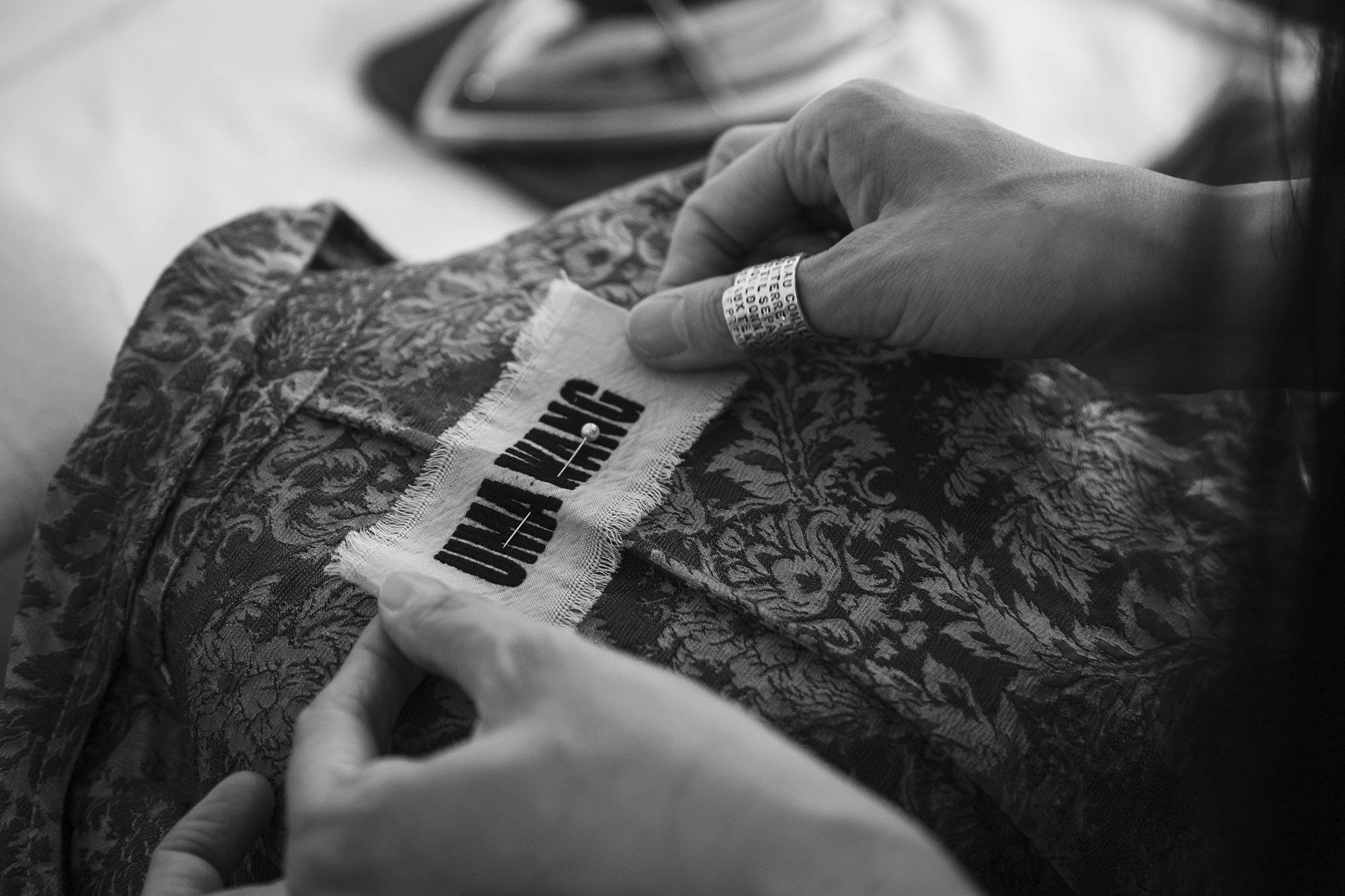
MH: These are influences that intersect, as you say, they belong to the world, as the heritage of a universal creativity. How do history and the future fit into your creative process?
UW: The idea is, I think, rooted in history. I have often been asked, when I turn my inspirations to Europe, why I don't focus on my own country, which has the richest culture on this planet. For a long time, I didn't think of China as a source of inspiration at all, but I gradually began to notice some sublime things there: the way the clothes are sewn, the color harmonies, the respect for the fabric, all these traditional attentions brought to the creation. It saddened me to realize that I had missed all this for so many years. It was time for me to return to my own culture, and to conjugate a new language in the future. This is what my clothes are about. The past is just a starting point, you can't stay there forever, so you have to infuse it with everything the new generations can bring, and use clothing and words to point the world towards the future of fashion. I think that in the times to come I will return to this past... not to go back in time, but to respect this heritage.
MH: Respecting your heritage, the past, is to explore a clearer, healthier approach to the future?
UW: This fast-fashion phenomenon, this new reality constrained by speed, does not affect me. To imagine my collections, I need to know who is wearing Uma Wang. Today, things have changed. In the past, when you needed new clothes, you went to a tailor, someone whose job it was to understand who you were and what fit you, who could create unique pieces and build a special relationship of trust. That's the kind of relationship I dream about... the kind that sometimes you meet different people for whom you want to make something special because you know they'll be able to give a piece new life. I think there are too many clothes in the world today, too many to be sold to everyone. Do we really need so many clothes? For a long time, I was unable to buy a single one, not one. I wanted to keep my house free of clutter. Now, I only buy pieces that I find special, the ones that I will still be able to wear in years, and that I will be able to pass on to my daughter, or my son, maybe... That's what I'm interested in. Not the clothes whose lifespan is counted in months, in seasons, before being thrown away. It's the same reason I use so many unique fabrics. To create unique things is to make sure that people will have a hard time getting rid of them, throwing them away. These pieces, so specific, will always be a source of happiness or emotion.
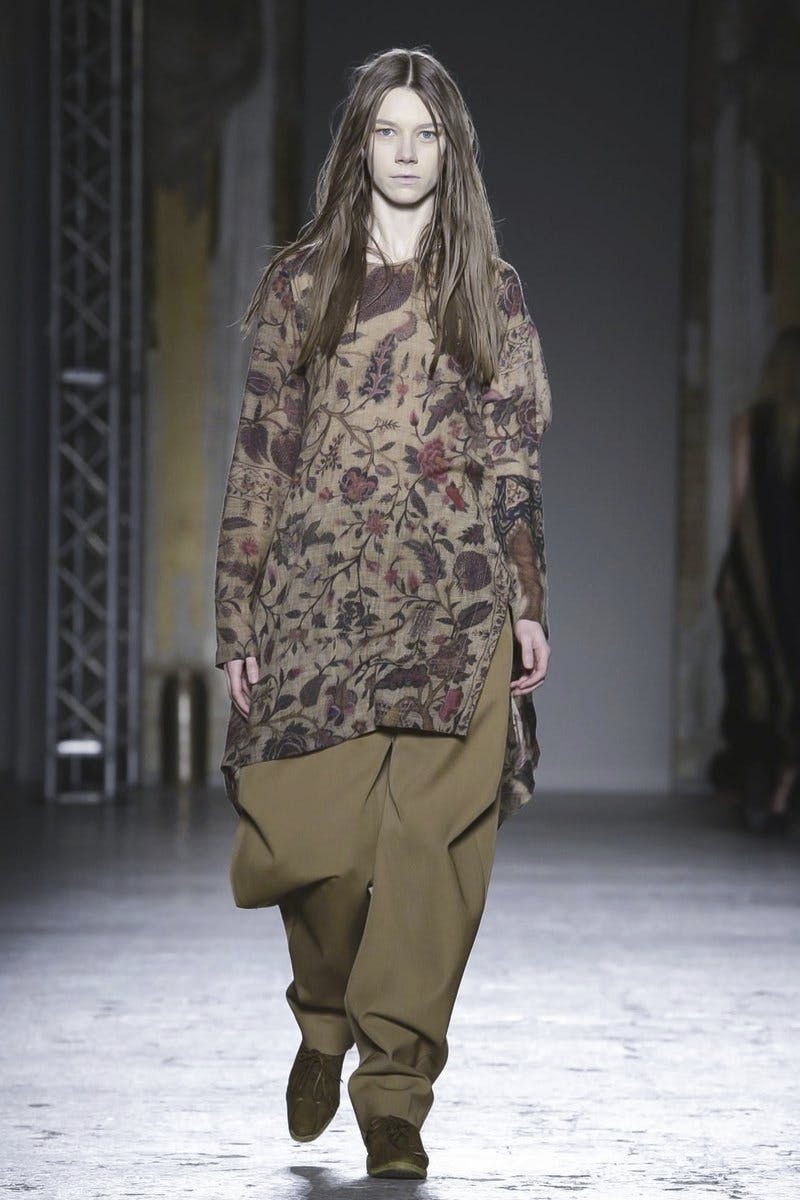
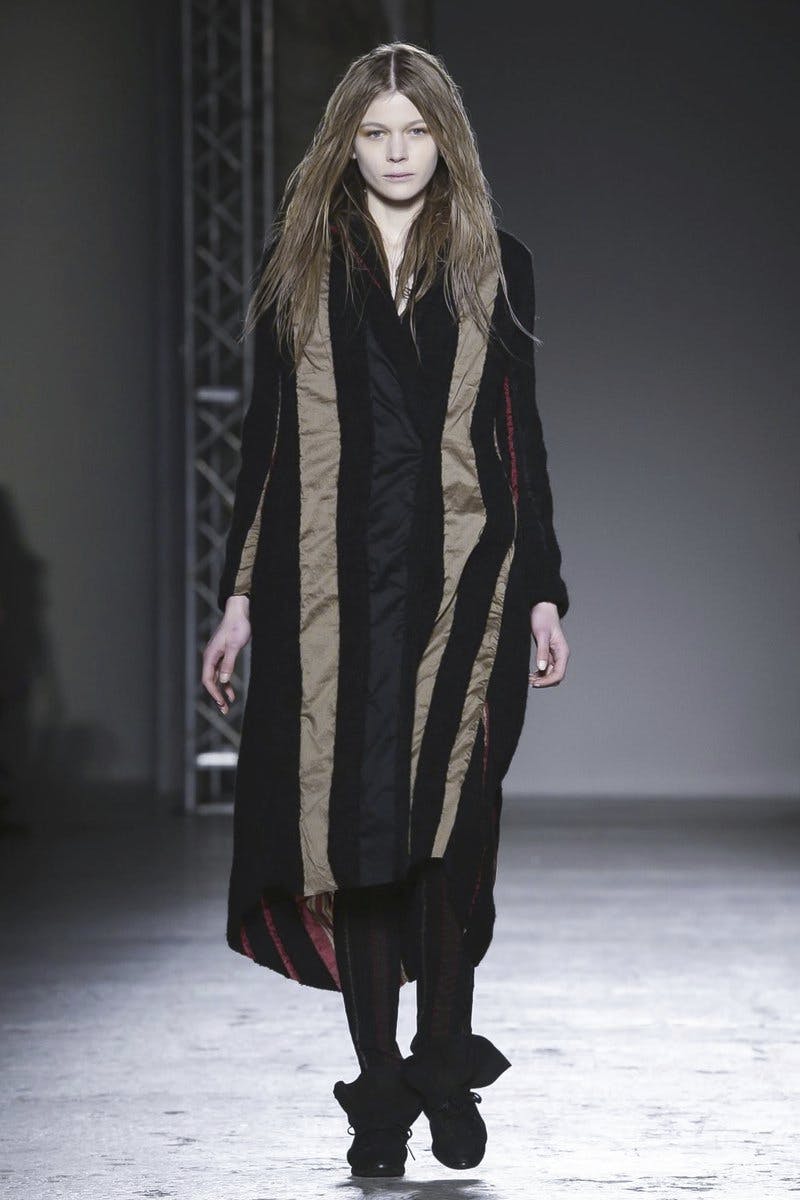
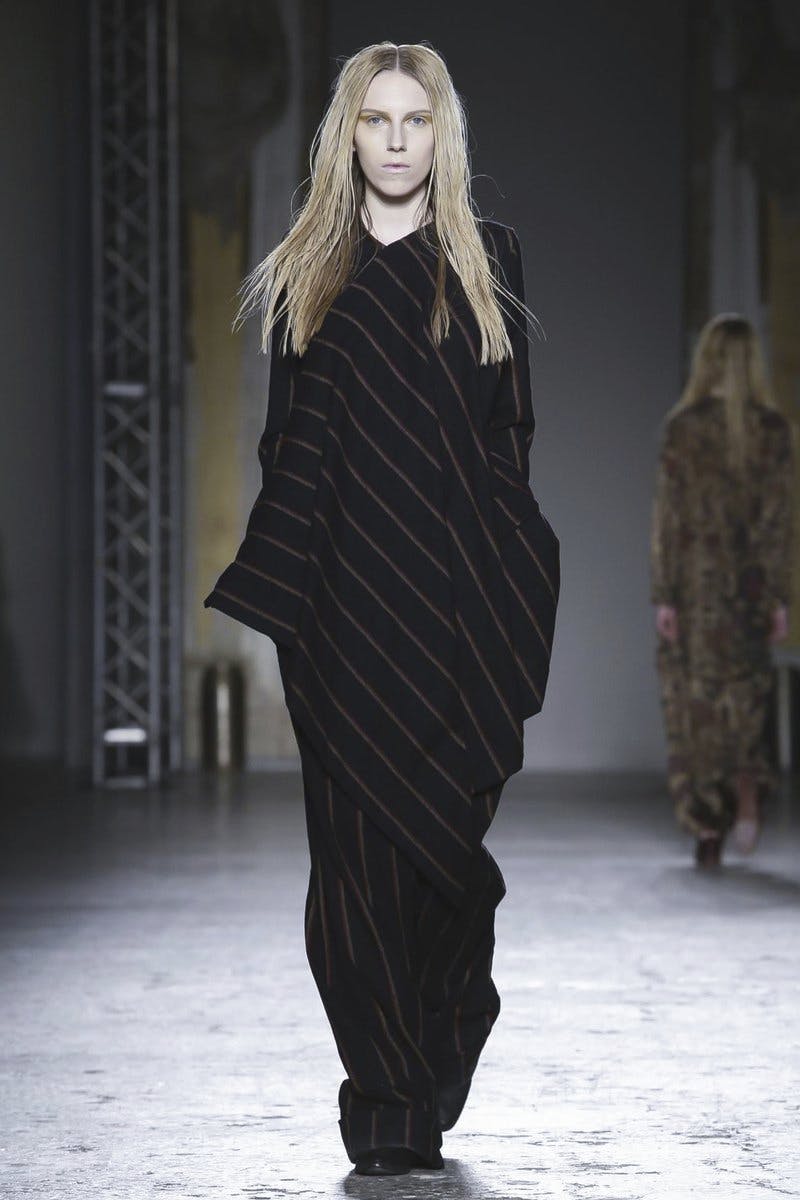
LH: Emotion...is that important to you?
UW: It's the reason I do what I do - emotion is essential to my creation.
MH: Speaking of emotion, respect and inspiration: do you associate your creation, or your process, with an artistic movement or people who inspire you today?
UW: The first one that comes to mind is Mr. Bruni (from the Italian textile company Bonotto). We do everything together. We start from scratch, from a completely blank page, to find our direction, and then we start together. It's like an exchange, a meeting between East and West... But there are other people around me. I think of Maurizio Altieri, for example, whom I met a few years ago, and who charmed me with his spirit. He taught me a lot, a lot. He was the one who told me that I was doing too much, and who advised me to do something unique for my collection. I can still see him encouraging me: "You come from China - nobody can do what you do, because you have behind you this culture of an unequalled richness, and it's enormous, it will help you, because this culture you have it in you, that you feel things. There is already something very special running through your veins. Make something really beautiful, simple, a uniform almost, and people will wear it..."
MH: Uniforms precisely, in the mouth of Maurizio Altieri, is a very strong subject. With Carpe Diem, he has created a perennial collection that doesn't change regardless of the season. Can you imagine taking this kind of direction? Reducing what you offer, in order to get closer to an intrinsically pure selection, close to a perfection from which you could elaborate a little more each season?
UW: I'm still thinking about it. The Mao suit could be a very nice idea, especially with the four pockets... I think it could be something very special.

MH: The Mao suit could be your new Shigoto?
UW: Yes, absolutely! People often give the Mao a masculine quality, but I think we could imagine a unisex version of the Mao, which we would develop over the years, changing the fabrics maybe? That would be an incredible project. It won't happen right away, I have so much to say every season.
MH: Since we're talking about seasons... Fashion Week, spring, summer, men, women: some designers are starting to question the principle of seasons, and this can be seen on the street. Today we see a major change, many think that today, the principle of seasons for men or women at different times of the year is a very old-fashioned notion. What do you think, is the world tending to think more unisex and out of season?
UW: I often ask myself these questions. Designers who would stop labeling their collections "fall/winter", "men", "women"? Yes, that would be wonderful. And I do think that's the new way to design. But it would mean that we would have to make this change in a collegial way, we would need striking power, a revolution. Since everyone is for it, why not? We could start traveling to China, to Paris, to Los Angeles, crossing the world with small collections, like on a road trip where you stop here and there...
MH: A new fashion, more nomadic, that would fit people better, that would bring people together around a fashion without genre, nor season.
UW: That's what I'm looking for, but we need someone to lead the movement...
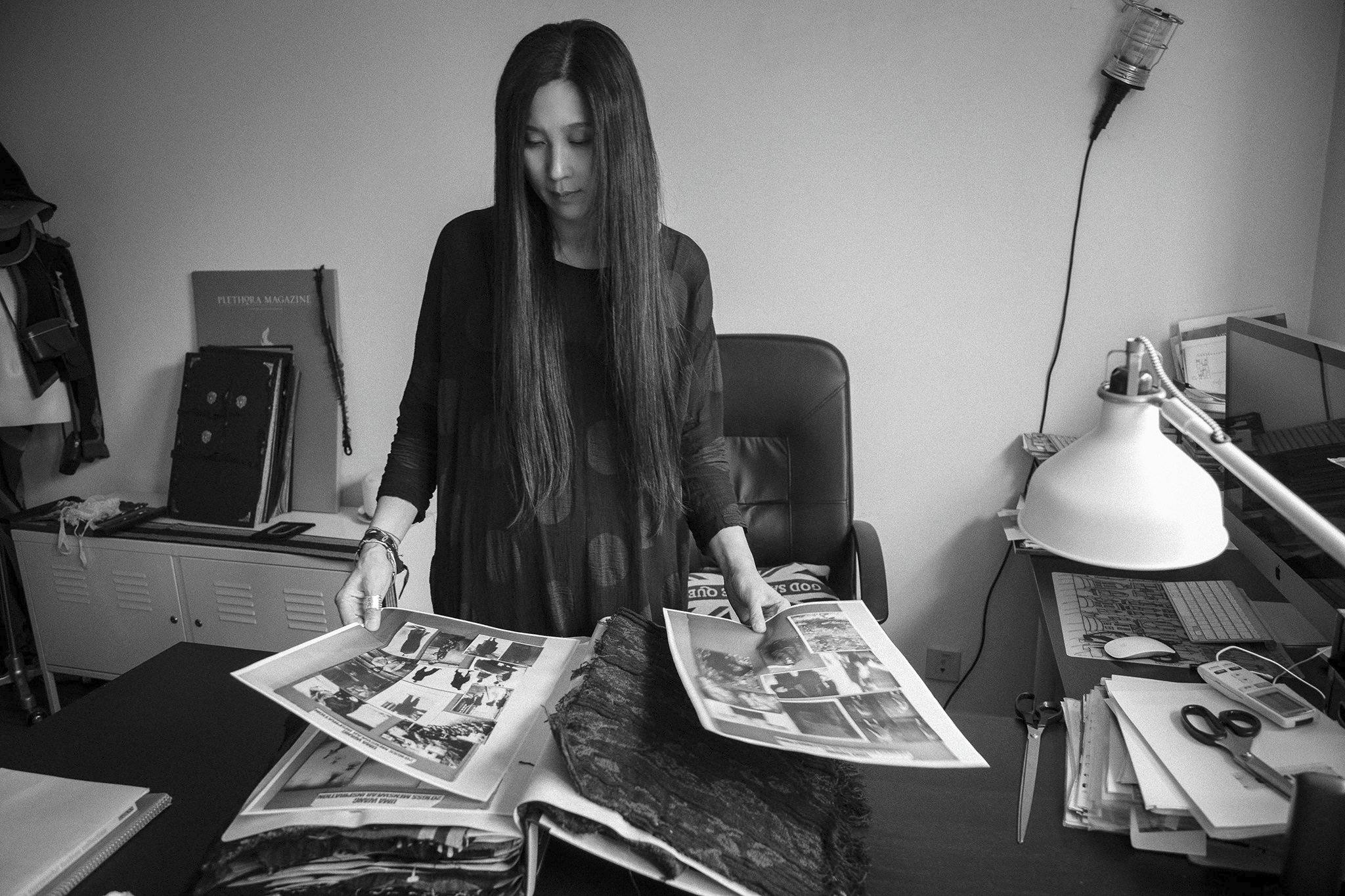
MH: Could that leader be you?
UW: It could be you, not me!
MH: It could be a collective...
UW: It's a story of individuals coming together, yes. Like the people in this store, or in other shops. The important thing is to know what message you want to give to the fashion world.
Stock images: Uma Wang
Your cart is currently empty.
Start Shopping